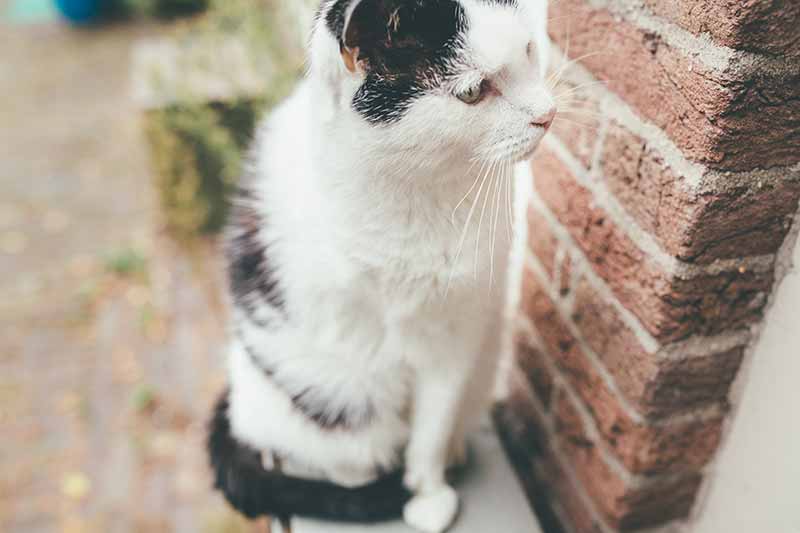

When a pet loses a limb, we, as humans, can be flooded with emotions like grief and pity. In reality, pet limb amputations can bring positive changes to the lives of our beloved animals when indicated. When needed, pet limb amputations can improve an animal’s quality of life, and at Pets in Stitches nothing is more important than that!
Why Pets Lose Limbs
Dogs and cats, by nature, have four legs, so when a pet has had a limb amputated there is usually a very good reason. Pet limb amputations happen when a leg is injured, diseased, a source of pain, or interferes with mobility.
Reasons a pet may undergo a limb amputation include:
- A deformity that a pet is born with or develops
- A severe fracture or dislocation that won’t heal acceptably or only with unaffordable cost and care
- Serious infection
- Extensive soft tissue or nerve injury
- Cancer
- Uncontrolled pain
- Self trauma
When these situations occur, a pet patient may experience a better quality of life without one of their limbs. Thankfully, most pets do great on three legs!
The Healing Process
A pet limb amputation is considered major surgery, and extra care is needed in the immediate postoperative period. When caring for a pet after surgery it is important to administer medications as directed as well as keep a close eye on the animal’s basic functions and the surgical site.
Perhaps the biggest challenge after this surgery is helping your new tripod learn to navigate the world on three legs. Many pets don’t skip a beat, but it is helpful that their caretakers to be prepared.
You can do the following at home:
- Make your pet’s environment easier to navigate by removing objects from travel paths and eliminating stairs where possible.
- Keep your pet’s living area small and open until they adapt.
- Watch for signs of pain and let us know if they occur.
- Provide good traction with throw rugs or yoga mats throughout the house.
- Ask us about good ways to create a sling to give your pet some extra support, especially during the early phases of healing.
- Supervise your pet closely so that they don’t overdo activity such as playing or jumping on or off the couch.
- Be sure to provide a firm, supportive surface for your pet to rest on so that they can rise from a lying down position easily.
- Watch your pet’s weight – gaining a few pounds is easy to do during recovery, however that extra weight can be a huge hindrance to mobility.
- Consider joint supplements to help keep your patient’s other joints healthy and happy.
- Provide stimulation for your recovering pet in the form of toys and interaction.
You will be surprised how quickly your three-legged pet learns to do everything they did before, sometimes even with more ease than previously. In a few weeks to months, most pets bounce back beautifully.
Helping Humans Deal with Pet Limb Amputations
While pet limb amputations are performed for good reasons and with the best interest of the animal in mind, the sight of a three-legged dog or cat can be jarring for some people.
Before your pet undergoes surgery, we recommend viewing some post-surgical pictures of pet limb amputations as a way to prepare yourself.
Look for support in the form of other pet owners who have been through the same experience. T Personal pet blogs, owner forums, and other resources can help you find others who understand feelings you may be experiencing and challenges your pet experiences.. We are here for you, too!
Many pets who have had a limb amputated live a longer and happier life without the limb. Rest assured, if your dog or cat faces this procedure, there are many who have paved the way ahead. Pets in Stitches is proud to help pets who may need an amputation performed, no matter the reason.
